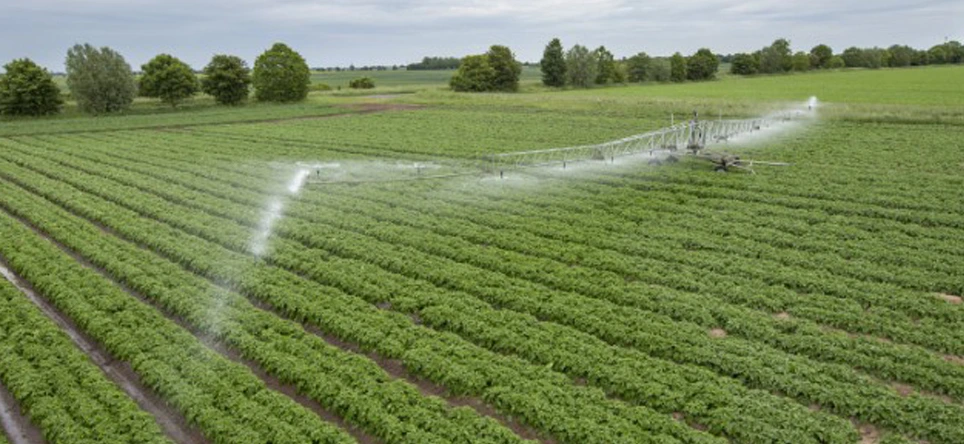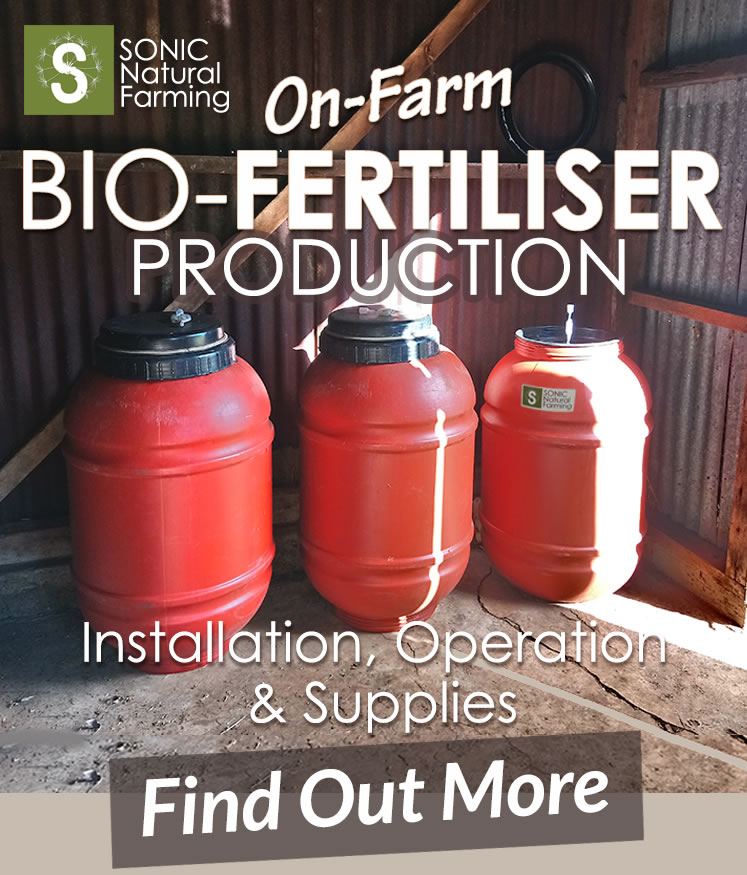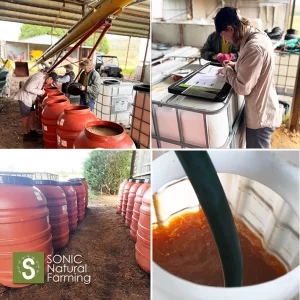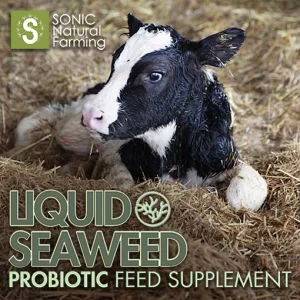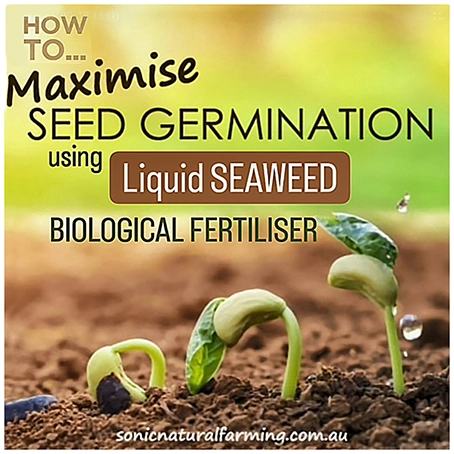During dry times, it is critical for farmers to maximise their return on investment (ROI) when it comes to fertilisation. One effective approach, that many regenerative farmers are using, is to utilise Biological Fertilisers, which offer numerous benefits for soil health and plant growth.
In this article, we will explore three of the most used strategies for applying Biological Fertilisers in dry conditions including; seed inoculant application, foliar spray, and evening spraying to harness the night time ground moisture.
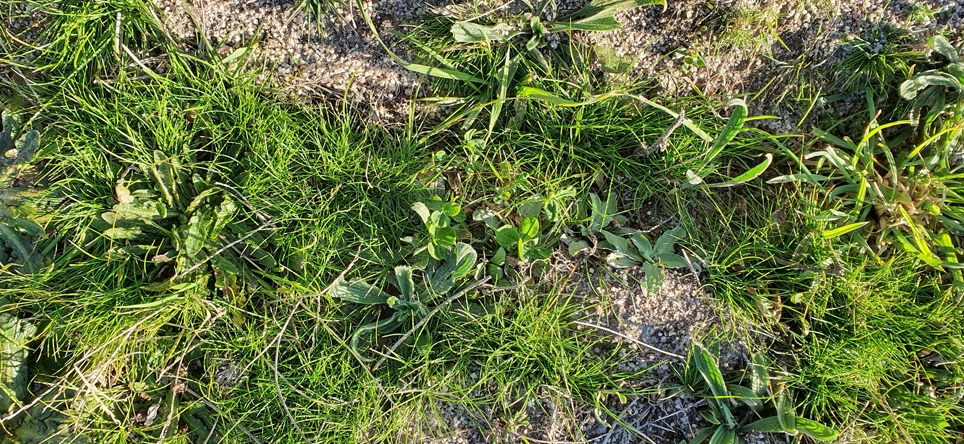
1. Biological Seed Treatment
Applying Biological Fertiliser as a seed treatment can offer significant benefits.
By coating seeds with Liquid Seaweed or Liquid Fish Fertiliser before planting, farmers can enhance germination rates and support early plant growth. These products contain beneficial microorganisms that establish symbiotic relationships with plants, improving nutrient uptake and overall resilience against drought stress.
Bio-available Seaweed: Superior Seed Inoculant
Liquid Seaweed is derived from all natural ingredients, and contains a wide range of nutrients, including trace elements, amino acids, and growth-promoting hormones.
Biologically fermented, Liquid Seaweed’s natural growth hormones work exceptionally well on early plant growth. Applying Liquid Seaweed to seeds before planting, supports the seed and plant growth from the get go, providing exceptional growth abilities and microbial support through the entire plant growth cycle.
It also helps improve soil structure and enhances water retention capabilities due to seaweed’s natural alginate, making it an ideal choice to use during dry conditions.
Additionally, Liquid Seaweed stimulates root development and increases plant tolerance to drought stress.
“I think applying biologicals to seeds is perhaps the single biggest ROI application of any application, that we see, that is the most consistent”
– John Kempf
The use of these Biological Fertilisers as seed treatments offers several advantages over traditional methods.
Firstly, they are environmentally friendly as they are derived from natural sources.
They also contribute to the overall health of the soil by improving its structure and nutrient content over time. At times, with Biological farming, the inputs used this season show their effects in the following seasons, as it takes time for the biological networks in the soil to build.
Best Return on Investment
In terms of ROI, using Biological Fertilisers as a seed treatment, requires ss little as 5 Litres of product, to inoculate 1 ton of seed. This makes seed inoculation not only beneficial but a cost effective option too. Seed inoculation provides long-term benefits also, by improving soil health and fertility and improves the quality of produce, over multiple seasons.
Additionally, the effectiveness of biological seed inoculation in dry times reduces the risk associated with poor germination rates or crop failure due to insufficient moisture.
It is important to note that while Biological Fertilisers offer numerous advantages in dry times, they should be used as part of a comprehensive approach that includes proper irrigation practices, seed selection for drought tolerance, and other agronomic strategies tailored to the specific crop being grown.
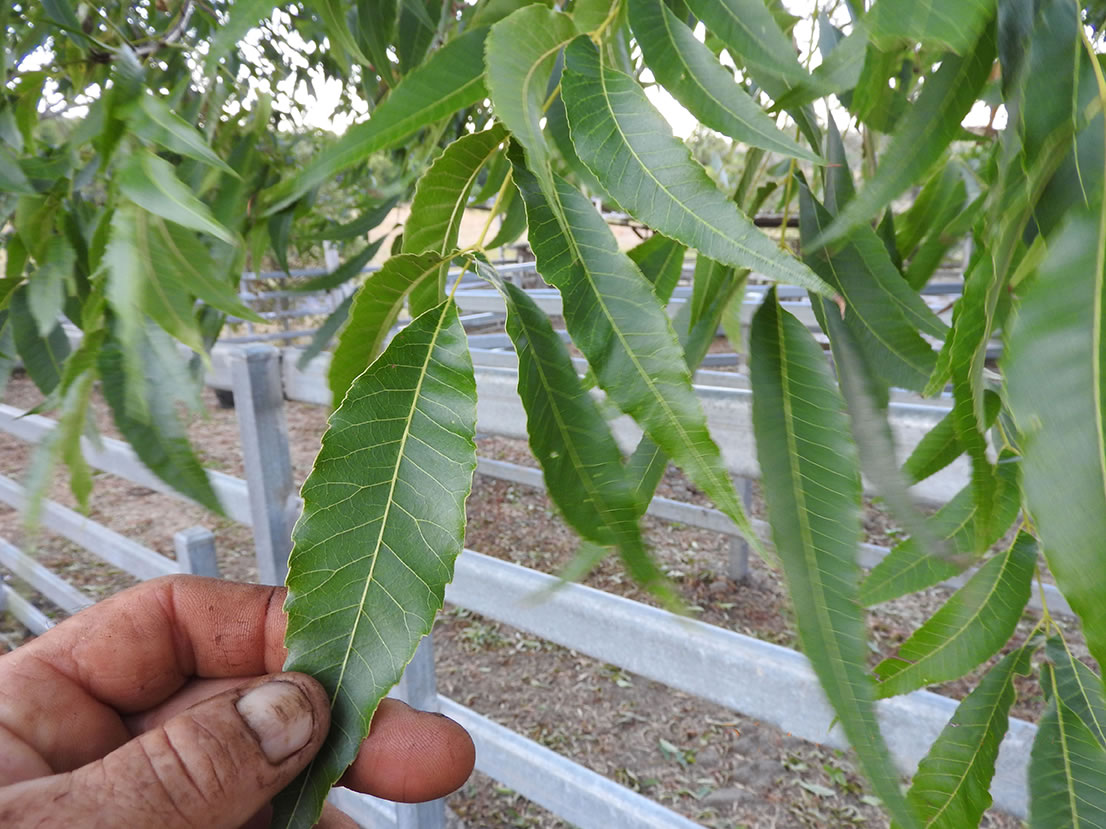
2. Well Timed Biological Foliar Applications
Biological Fertilisers, such as Liquid Seaweed and Liquid Fish, have the ability to assist crops during dry times, and can offer a healthy return on investment (ROI) when used effectively.
Cold processed Liquid Seaweed is rich in essential nutrients, growth-promoting hormones, and beneficial microorganisms. When applied as a foliar spray, it can enhance plant growth, increase drought tolerance, and improve overall plant health. Its high concentration of natural plant growth regulators helps plants cope with stressors associated with dry conditions.
Similarly, cold processed Liquid Fish Fertiliser is made from whole fish waste or byproducts. It provides a balanced blend of macro and micronutrients necessary for plant development. The amino acids and proteins present in Liquid Fish stimulate root growth and enhance nutrient uptake efficiency. This leads to improved water utilisation by plants during dry periods.
How Foliar Sprays Support Plant Immunity
Another way naturally fermented Fish Hydrolysate can work is, the beneficial fish oils stick to the leaf, trunk and branches of the trees, coating them with active beneficial microbes. When pathogens land on the surface areas, the benefical microbes outcompete them for food and space.
Applying Biological Fertilisers as foliar sprays in dry times can offer significant results. By boosting crop resilience to drought stress and enhancing nutrient absorption capabilities, farmers can expect quality yields even under challenging environmental conditions. Additionally, the use of these organic alternatives reduces reliance on synthetic chemicals while promoting sustainable agricultural practices.
Timing Foliar Sprays
It is important to note that the effectiveness of these Biological Fertilisers depends on proper application techniques and timing. For example Biological inputs should not be applied in the heat of the day and in full sun. Best times for foliar application is early in the morning, later in the day or in the evening/night.
Incorporating Biological Fertilisers like Liquid Seaweed and Liquid Fish as foliar sprays during dry times can offer farmers a favorable return on investment by improving crop resilience to drought stress and enhancing nutrient uptake efficiency.
3. Biological Soil Drench Harnessing Ground Moisture
By utilising strategic application methods and timing, such as applying the fertiliser in the evening to capture ground moisture at night, farmers and gardeners can maximise the benefits of Biological Fertilisers even in arid environments.
In dry conditions, it is crucial to make the most of any available moisture. By applying Biological Fertilisers in the evening when temperatures are lower and humidity tends to rise, there is a higher chance of capturing ground moisture, dew or condensation that accumulates overnight.
Timing allows for better absorption of the active biology and nutrients, during periods when water availability is limited and conditions are dry
Additionally, strategic methods such as drip irrigation systems can reduces water wastage and ensures targeted delivery to plant roots. This precision application helps conserve water resources while maximising nutrient uptake.
It is important to note that while applying biological fertilisers in dry conditions using strategic spray methods can be beneficial, it should be complemented with regenerative farming techniques. Monitoring soil moisture levels regularly will also aid in determining optimal timing for fertiliser application.
Overall, employing strategic spray methods like applying biological fertiliser in the evening to capture ground moisture at night can help overcome challenges posed by dry conditions. When it comes to optimising the return on fertiliser investment, incorporating Liquid Seaweed and Liquid Fish into the soil management plan can be a valuable strategy.
Seaweed’s Gel Like Alginates
Biological Fertilisers, such as SONIC Liquid Seaweed, offer several advantages in improving soil moisture retention during dry periods. These natural products contain essential nutrients and organic matter that enhance soil structure and water-holding capacity. By applying them to the soil, they stimulate microbial activity and promote root development, leading to improved water absorption and retention.
In particular, Liquid Seaweed is rich in trace elements, growth hormones, amino acids and natural alginates (a gel-like substance) that aid in plant growth, stress tolerance, and providing the soil with unique moisture retention substances.
Regular Liquid Seaweed applications can enhance plant root strength and resilience against drought conditions, as well as improving nutrient uptake efficiency.
Soil and Soil Microbes Love Liquid Fish
Liquid Fish Fertiliser can also assist in optimising soil moisture during dry times. It provides a balanced blend of macro- and micronutrients necessary for plant health while also helping to build soil structure and microbial activity. The organic matter present in Liquid Fish helps retain moisture within the soil profile, reducing water loss through evaporation.
To summarise, by implementing these three strategies you can ensure efficient nutrient delivery, and also contribute to long-term improved soil fertility, plant vigor, and climatic stress tolerance.
Unlock the potential of your land by tailoring organic fertilisers to suit your unique Aussie soil type. The right organic fertilisers—like compost, biochar or liquid fish—can not only boost crop resilience, but improve soil fertility and sustainability over time.
Discover the best organic fertilisers for your soil. Download our Soil Type Organic Fertiliser Quick Guide to get started!
Disclaimer:
The information in this article is for general guidance and not professional advice—always consider your individual circumstances or consult with a professional before making decisions. For more details, please review our full Disclaimer.
At SONIC Natural Farming, we’re committed to helping Aussie farmers easily access organic inputs, at the same time as saving big!
SONIC On-Farm Production Services minimise transportation costs. Plus, by reusing storage containers on the farm, farmers can reduce plastic waste and packaging expenses, saving even more.
But that’s not all—SONIC Production and Training Programs empower farmers to produce their own Biological Solutions using the most eco-friendly and cost-effective supply option available in Australia today.

Want to see how we can help you beat the high cost of fertiliser?

